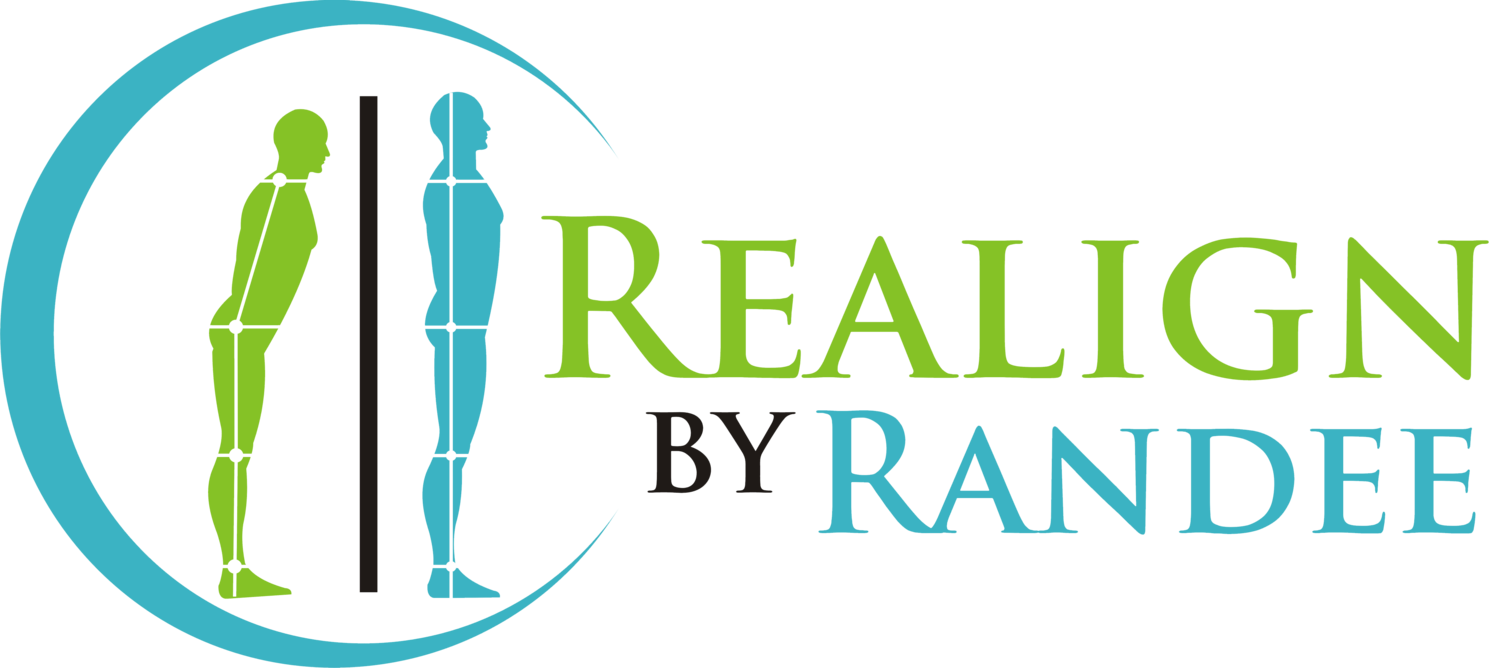Back pain, herniations and spine misalignments and 3 excellent ways to help prevent these conditions
HEAD TO TOE SERIES PART 5 Back
Back pain new or old can be all-consuming! Most people will experience back pain at some point in their lives.
We could talk about all the different types and areas of pain in the back but you would be reading for hours - instead let’s focus on why. Muscles play a big role.
The spine has natural curves - the neck and low back curve one way and the thoracic (rib-cage) curves in the opposite direction. The muscles work actively to keep the curves. When there is dysfunction the layers deep on the inside are affected first. This change can happen gradually depending on your lifestyle or activities. Maybe you sit most of the day or maybe you played a sport that used more of one side of the body. As the spine curves gradually change, the mobility and shock absorbing capacity are affected.
“Muscles that do not move are soon muscles that cannot move”- Pete Egoscue
As we move around, the spinal muscles should be adjusting to our every move. When they aren’t used enough in all their design, motion protective mechanisms start. Gravity is a force acting down on the spine all the time. If the spine is not protected by a balance of flexible and stable muscles, it can lead to the upper back forward flexing since the muscles go into a constant state of contraction.
Herniations are common and a part of the body’s design. The discs are located in between the vertebrae as a cushion. They are like a donut with jelly inside. They get squeezed resulting in a bulge or pushing out of the inside substance. This can happen as a result from the muscles pulling the spine - such as with a sneeze, cough and bending to pick something. Those same muscles can be used to retrain and create better force tension relationships of the muscles and can ease the pressure off of a nerve or a trigger point.
Surgery is sometimes needed to remedy certain symptoms such as a drop foot, lost sensation, loss of balance and if there has been an unexpected change in control of urine or bowels. Back pain may or may not go away with back surgery. If the muscle function is not restored - a re-occurrence is likely.
Back pain sometimes goes away or at least temporarily on its own - which is nice but, this is often occurring from rest and learning to avoid certain movements. If this is done with many episodes then eventually you run out pain-less alternatives.
When the low back doesn’t move as well, we compensate by using upper back motion but, with the upper back flexed forward. This affects other joints and muscles: the shoulders start to round forward and the head drops. The upper back rather than getting pain will classically feel tight and results in burning sensation in the between the shoulder blades. This makes it harder to turn our heads sideways. What might show up with this is hands the tingling or numbness type sensation while sleeping or resting in a chair.
Tip Time
Everybody wants a flat stomach, but contracting your abdominals to hold in your stomach holds your hips and spine in a flexion (bend forward) preventing the proper neutral spine position. Healthy abdominals are designed to work as stabilizers - not main movers. Relax your abdominals let them work more naturally
Neck tension and rounded shoulders try this - Stand up straight if possible with back against the wall, turn your toes inward (pigeon-toed) and draw the shoulders back and see if the tension eases. This is creating a better loading of the joints.
For those of you already embarking on the posture therapy or Egoscue path - you know what static back is. For those new to this type of work or practice - Lie on the ground with legs up on a chair or ottoman creating a 90 degree angle at hips and knees. You may need to use a cushion or pillow to help with the angles. If you are comfortable, stay in that position for 5-15 minutes and you might get some relief.
